By installing the bath, it is important to take care of the sealing of the joint, which is formed between the font and wall. For these purposes, special borders have been created (plinths or cartoons). They are performed from different materials, can be mounted in various ways. Each type of borders has certain features, pluses and minuses that should be considered before buying.
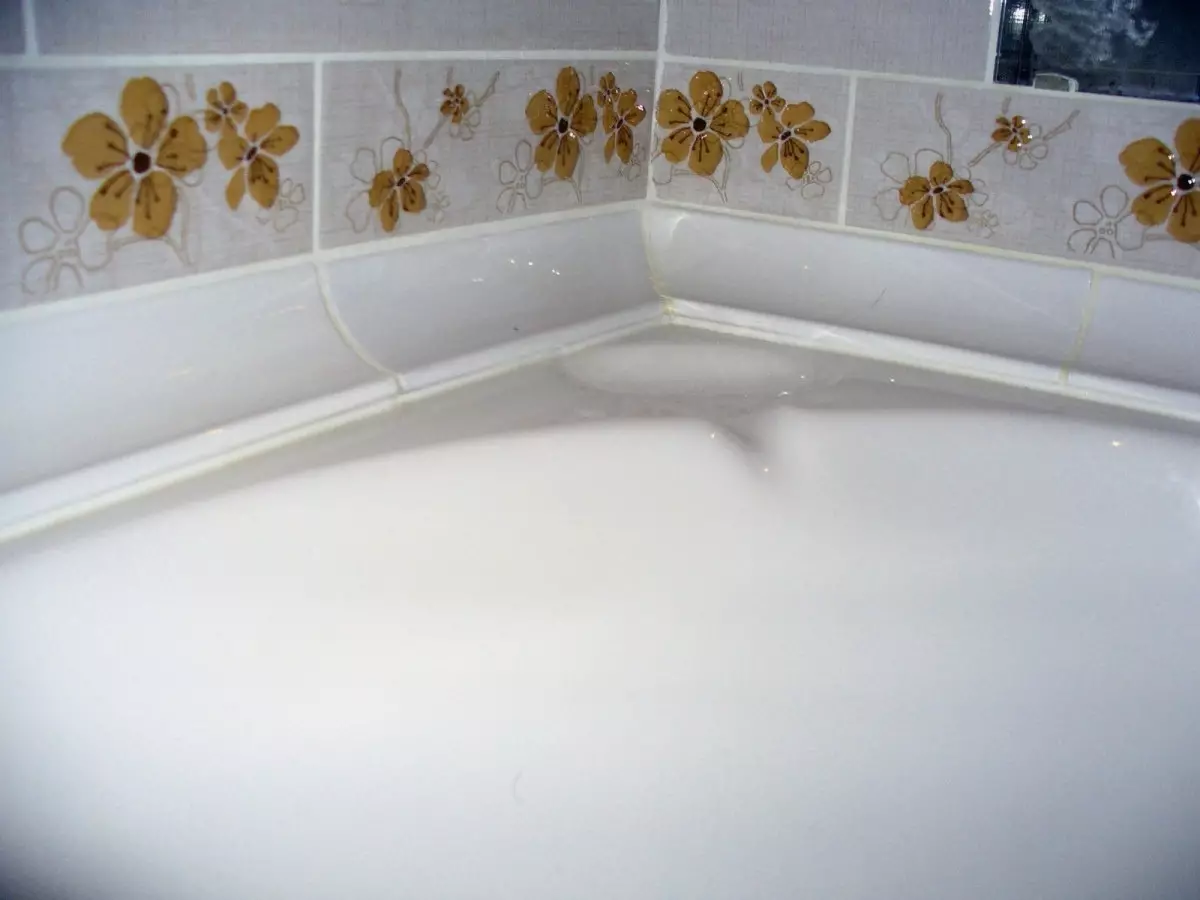

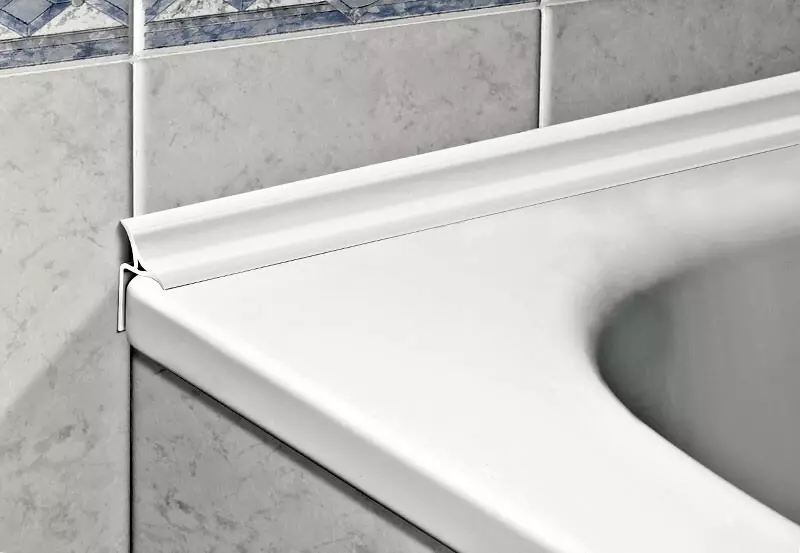
Purpose
When installing a bath or shower cabin, a gap is often formed. It arises for a number of reasons:
- walls, erected not at right angles;
- Wall surfaces with flaws (protrusions, pits and other defects);
- Disturbed disorders when installing sanitary equipment.
The gap forms between the wall and the bathroom, the shower pallet or sink can become a serious problem. With hygienic procedures, water will be seen even into a small slot. As a result, the fluid will be drained along the wall surface, which often leads to the occurrence of spots on the ceiling at the neighbors below.
Population risks are not the only problem. In the bathroom, difficult conditions are observed - there is often high humidity here. If the gap between the plumbing and the wall will constantly leak water, this will lead to the appearance of fungus. Such microorganisms quickly multiply, harm to the health of households. So that the water does not register on the walls and the floor, the corner for the bath is used. He reliably protect the room from the flow.
Another important feature that plinth performs is aesthetic . The slots left after the installation of sanitary equipment can spoil the overall picture. They make the room untidy and give the interior feeling of incompleteness. Using a border, you can competently and aesthetically seen the resulting joint.

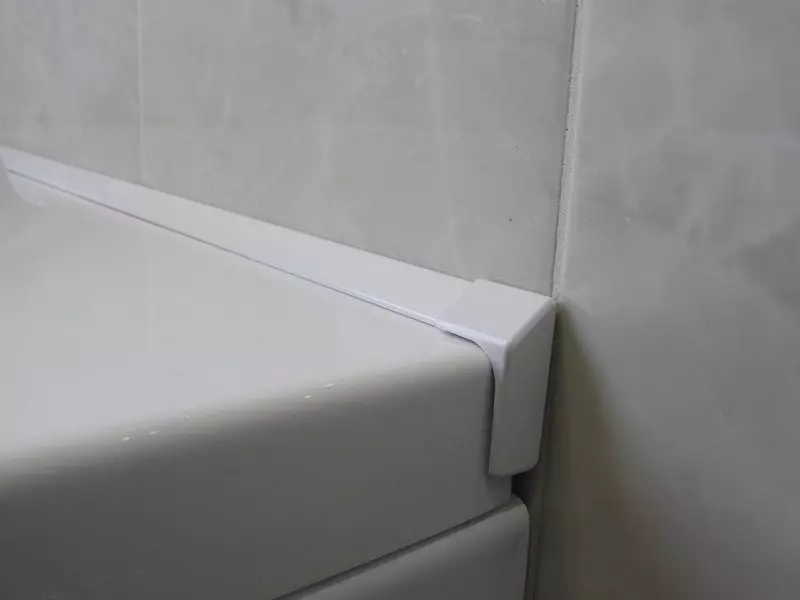
Varieties
Modern borders are produced in several constructive variations, they may have all sorts of colors and manufactured from different raw materials. According to the method of constructive performance, the product is divided into:
- Internal - are designed to be installed on the connection site before performing facing works (the border is first mounted, and only after that the tile is placed);
- External - designed for mounting on the joints on top of the wall cladding.
And the boards differ in the installation method. There are flexible self-adhesive and non-self-adhesive solutions. The inner part of the first is processed by specialized glue protected from drying with a thin shell. After removing the film, the border must immediately be attached to the tile. Not self-adhesive corners are mounted using silicone compositions or acrylic sealants.
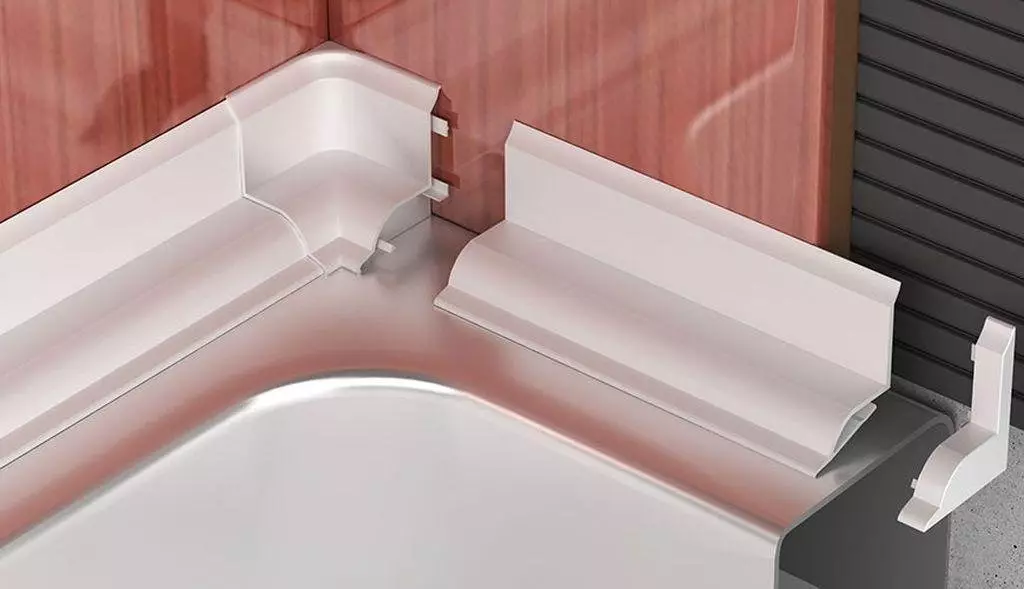
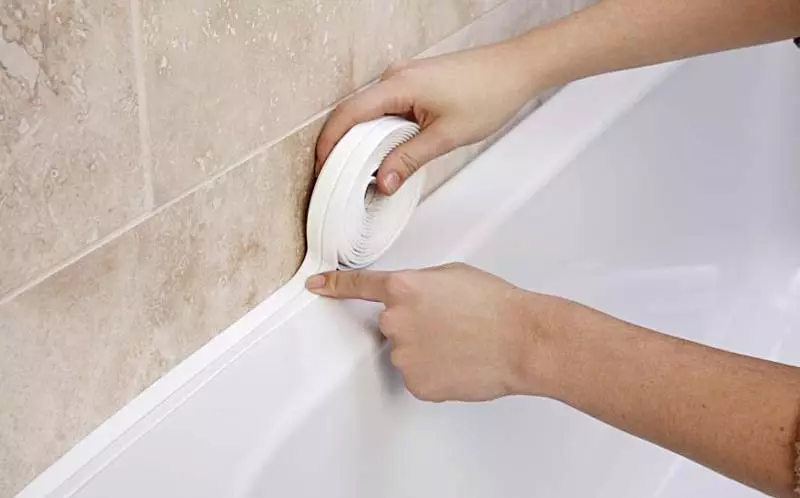
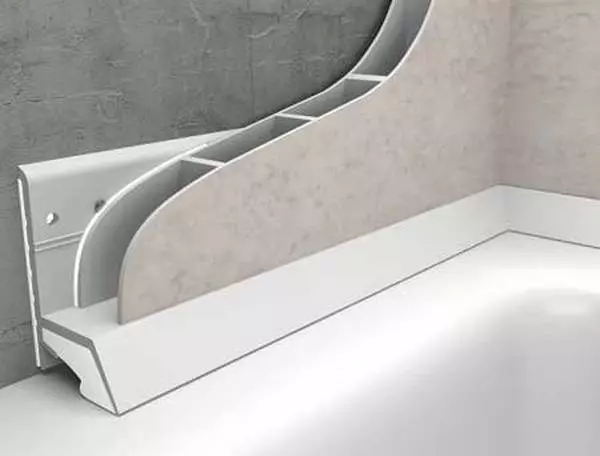
Plinths are classified depending on the raw materials from which they are made. Let's tell about each variety in more detail.
Plastic
The border, made of PVC, has a lot of advantages. It has optimal elasticity and many options for color solutions. Plastic opposes moisture well, not deformed at temperature differences. Due to the variety of colors, it is possible to choose a corner for almost any kind of wall cladding. Another advantage of a plastic corner is the budget cost.
PVC products are performed as self-adhesive finishing cartel, designed for mounting over the tile, or as internal solutions installed under the trim at the initial stage of the facing. The disadvantages of plastic solutions include DISTRIBUTY.
After 2-4 years, they lose exterior aesthetics and require replacement. White plastic over time acquires the yellowness that can spoil the view of the bathroom. In addition, traces from cleaning products or hard sponges may remain on PVC borders, so they require careful care.
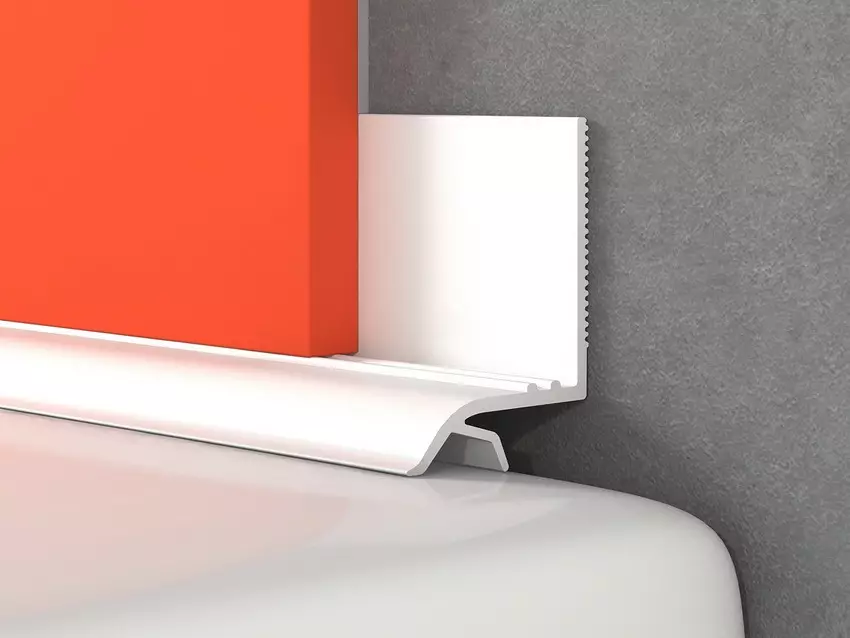

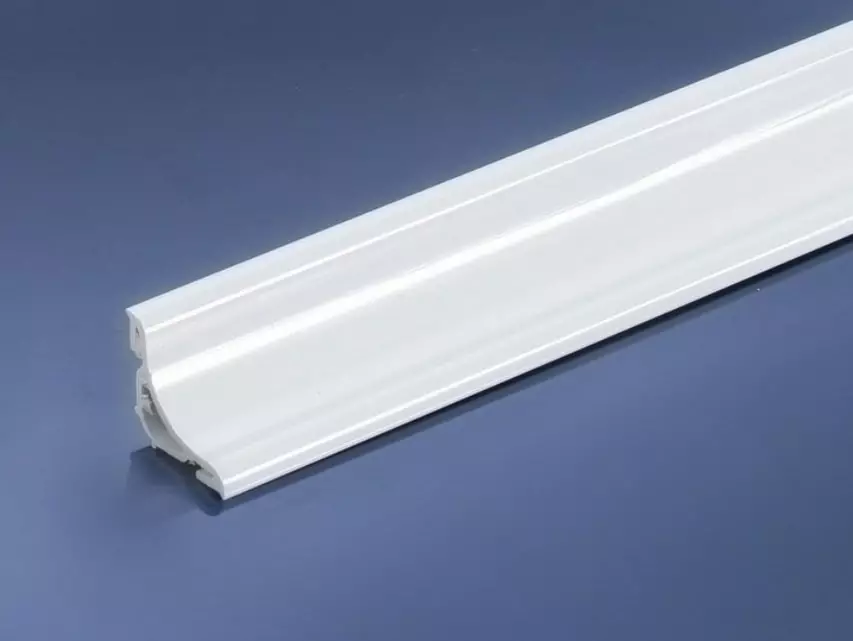
Ceramic
To pick up a beautiful and high-quality quilt for the bathroom, these products are sold in various sizes and color variations. To other advantages of corners from ceramics include:
- Waterproof achievable due to a special glazed layer repulsive liquid;
- High strength indicators - ceramic products are able to withstand some mechanical loads (weak blows, abrasion), while maintaining external perfectness;
- Durability - due to the durability of such borders to the microclimate in the bathroom and various mechanical impacts, they are able to serve at least 20 years;
- resistance to chemically aggressive detergents;
- Excellent decorative qualities.
Despite the weighty advantages, not everyone gives preference to ceramic killers. There are a number of arguments on it. Corners from ceramics are expensive, especially if you compare them with budget PVC analogues. The most expensive products will cost European trademarks.
Another disadvantage is fragility. With strong blows or falls, the borders will easily break. If something heavy falls on the installed corner, it can crack. Water falls into such cracks, as a result of which malicious microorganisms are beginning to develop.
Ceramic plinth is stacked with tiled glue. For its smooth and neat fixation, experience and limit patience will be required. Not everyone can cope with the task of embedding the joints with a ceramic corner.
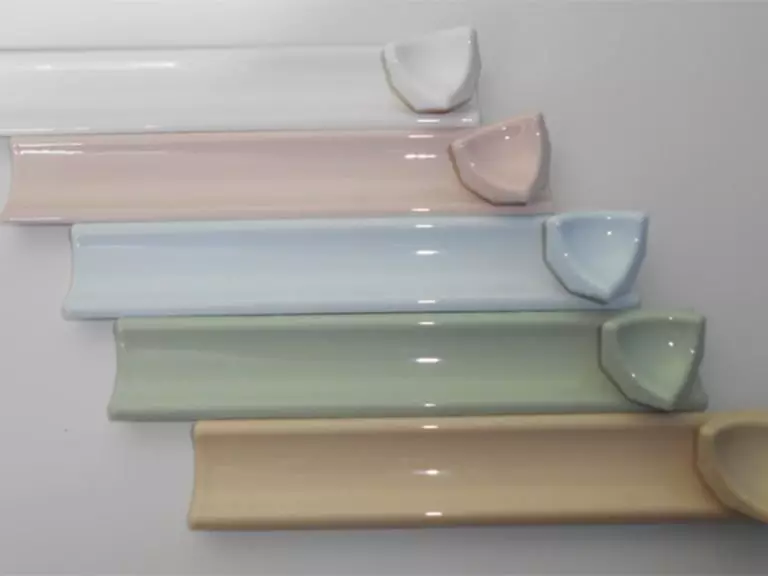
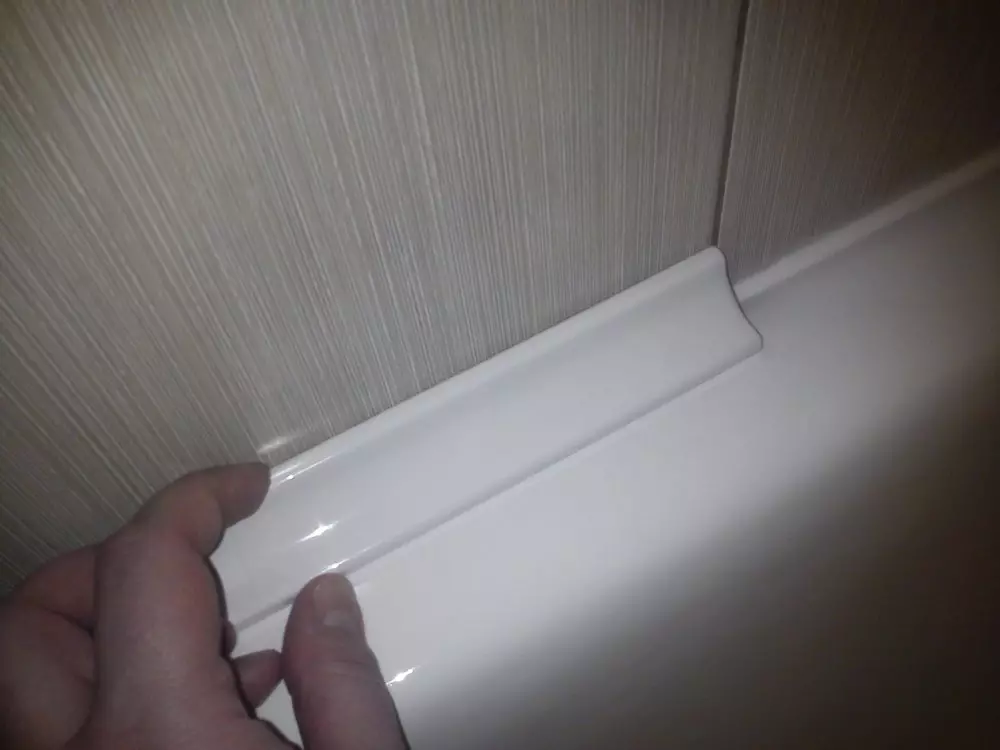

Rubber
Rubber corners are distinguished by increased flexibility, thanks to They are recommended to use in places with frequent bends. Material has high resistance to temperature drops, which is why it is not deformed when exposed to hot and cold water. Rubber products are inexpensive, but at the same time they fully cope with the tasks assigned to them.
There are borders and some flaws. Judging by the reviews They quickly lose the external presentation when washing with chemically aggressive facilities. Their appearance often suffers when cleaning powdered substances with abrasive particles.

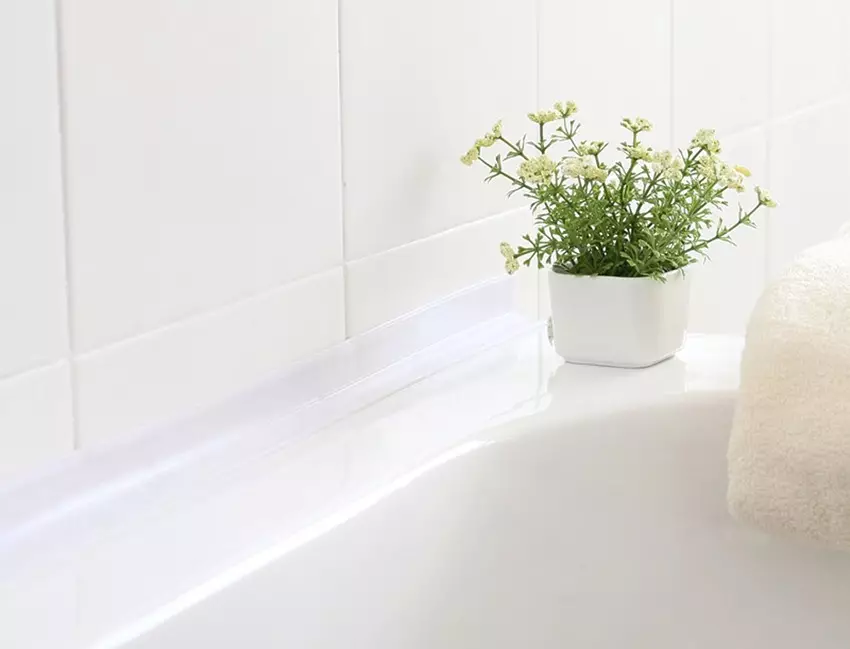
Metal
Metal products possess numerous advantages. They are durable, reliable, look stylish and expensive. Such corners are made of stainless metal, they are often covered with special compositions that protect the product from corrosion.
Metal cartlers are more expensive than popular plastic or silicone plinths, but also with proper care, they will serve several times longer. The disadvantages of borders include the complexity of choosing the optimal solution to the interior of the room and the design of plumbing equipment. To "not guess", it is recommended that it is recommended to consider the details of the design of the bathroom in advance and provide for various metal parts, interior items or decor.

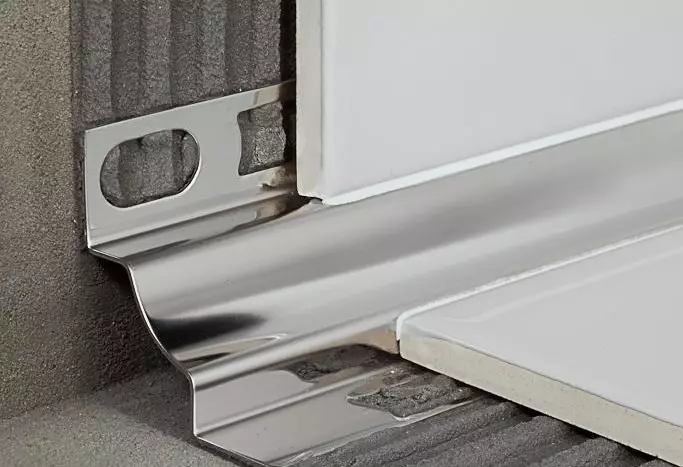
Burgundy ribbon.
Polymer materials are used to produce self-adhesive border ribbons. Such products have a different width, due to which it is possible to choose the optimal solution for themselves. Burgundy tape inexpensive. It is easy to install - even a newcomer can cope with the task of sealing joints.
The minus of this product is a short time due to the loss of aesthetic qualities and loss of sealing during operation . Buyers complain that they have to cross the ribbon every 2 years. If to maintain cleanliness to use products with abrasives, alkaline or acidic compositions, re-seal joints will have even more often.
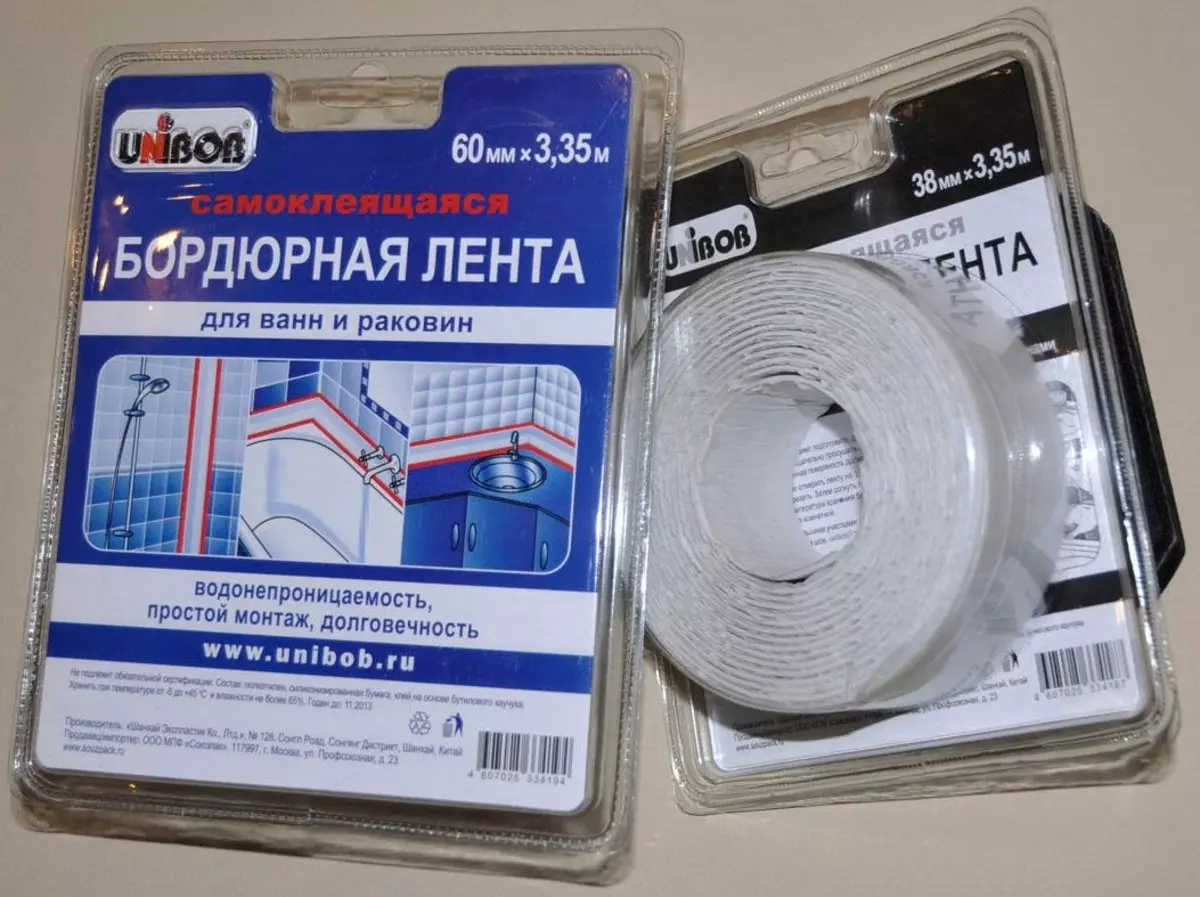
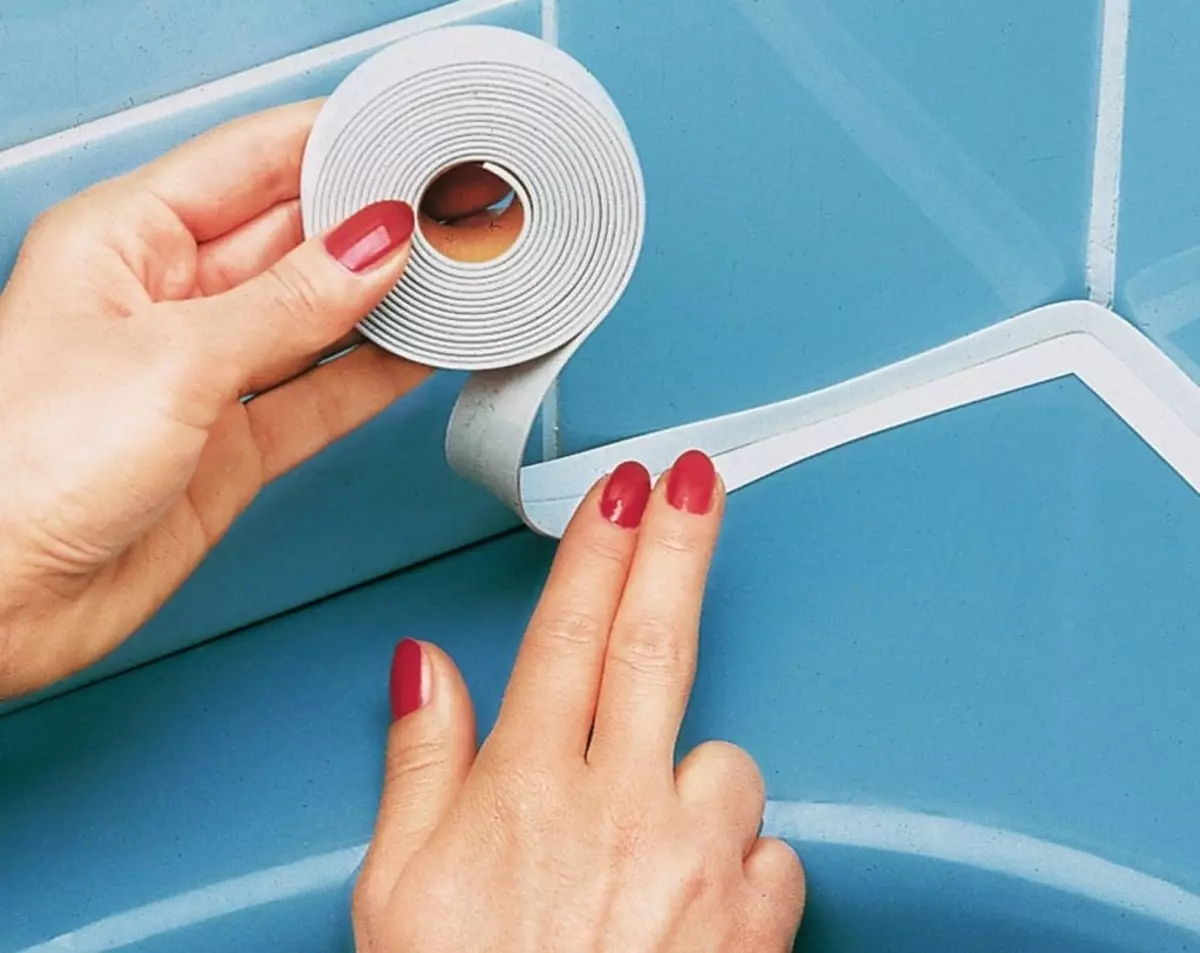
Silicone
The physical properties of silicone plinths are similar to the properties of rubber products. They have increased elasticity, so such borders have found use when sealing joints in places with maximum bends. Silicone corners inexpensive and look pretenuable, but they require careful care. They cannot be cleaned by means with abrasives, alkaline and acidic compositions. Otherwise, they will quickly lose aesthetics.
Most silicone corners are self-adhesive, they have a sticky adhesive layer from the inside. When buying, you need to pay attention to the production time of the product. The older products, the worse the glue properties. In this case, it will not be possible to achieve absolute sealing of joints.
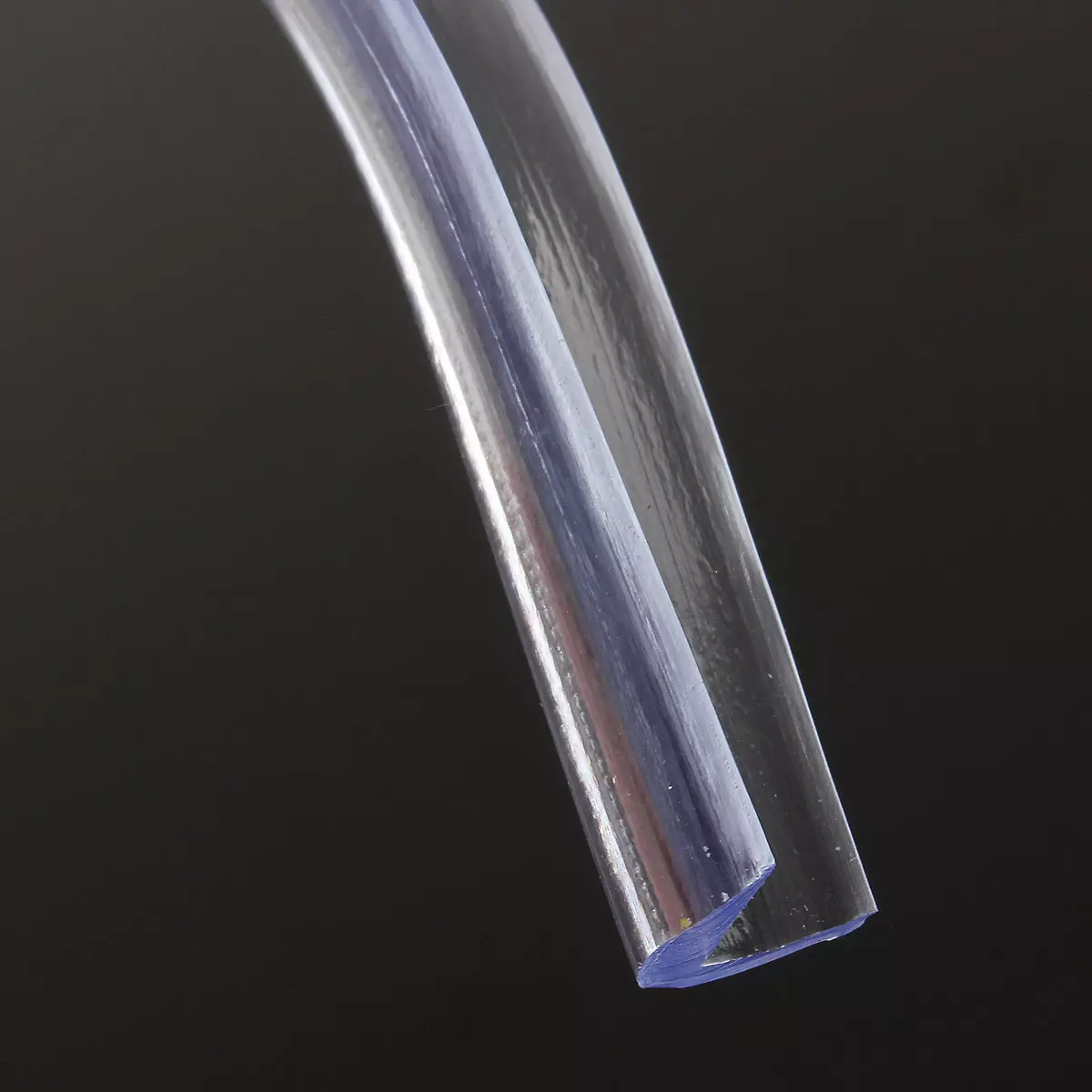

Acrylic
Corners from acrylic are recommended to apply for acrylic fonts. Such plinths are in great demand, despite their higher price compared to silicone and plastic counterparts. Advantages of acrylic corners:
- Various variations of execution - products are produced in an extensive color palette, due to which it is possible to easily choose a solution for any design of bathrooms, regardless of the total coloring, in which the room is decorated;
- Strength - acrylic can withstand serious mechanical loads;
- durability;
- Resistance to chemically aggressive detergents.
The most popular borders are products from the company "Superplates" . Under this brand, full-scale corners are available, suitable for edging any kinds of baths.
The disadvantages of acrylic corners include their weak elasticity, which is why they are not recommended to apply plumbing with complex geometric shapes for edging. Otherwise, the product with excessive bends will easily burst.
An important feature on which is worth paying attention is bad resistance to thermal expansion. Because of this, acrylic cartridges cannot be used to seal the seams between the walls and metal baths.


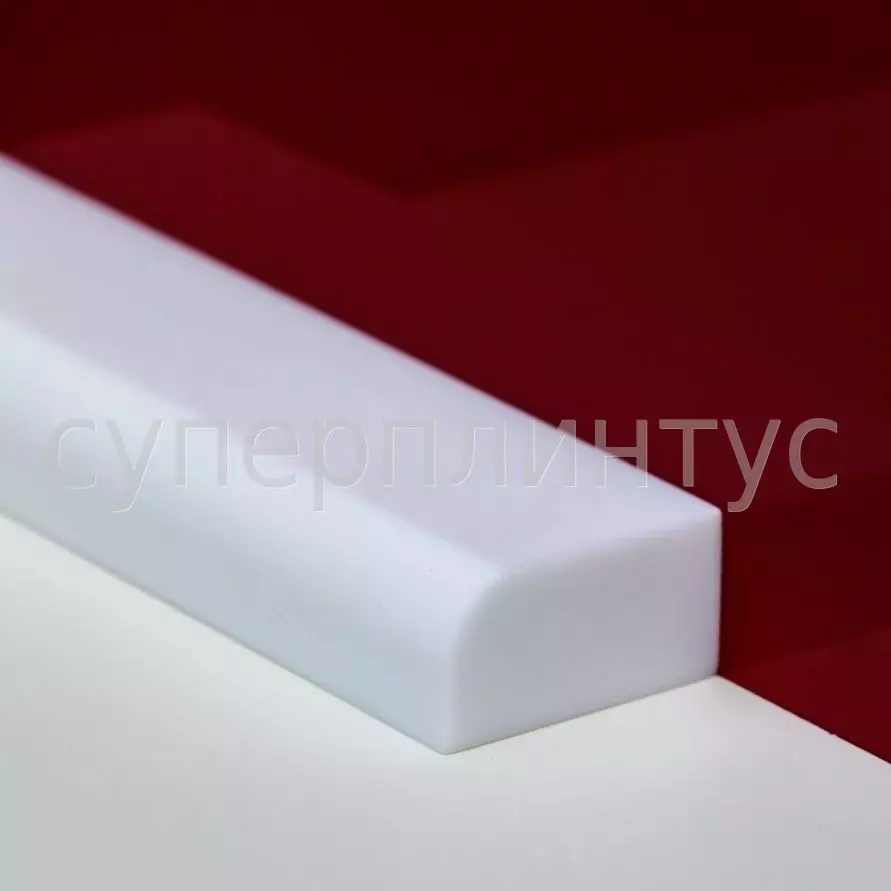
From artificial stone
Forks from artificial stone are obtained by using acrylic resins, various mineral substances and pigment compositions that give the color of the finished product. Such corners are characterized by hygienicness - Due to the absence of micropores, they do not absorb moisture and perfectly oppose the reproduction of fungi and malicious microorganisms leading to the formation of mold . In addition, they differ in versatility - cartel can be used both to seal joints and to hide seams between the floor and wall facing in the bathroom.
The plinth of artificial stone looks aesthetic and expensive. It is able to withstand serious mechanical effects, sharp temperature differences. These varieties of borders are absolutely safe for health - they do not distinguish harmful substances when heated.
With the right installation, stone products will be able to serve not one dozen years. At the same time, the corners will not fade and do not lose their original color even with intensive operation and daily sink. The disadvantages of products include them Absolute inelasticity, high cost and complex installation.
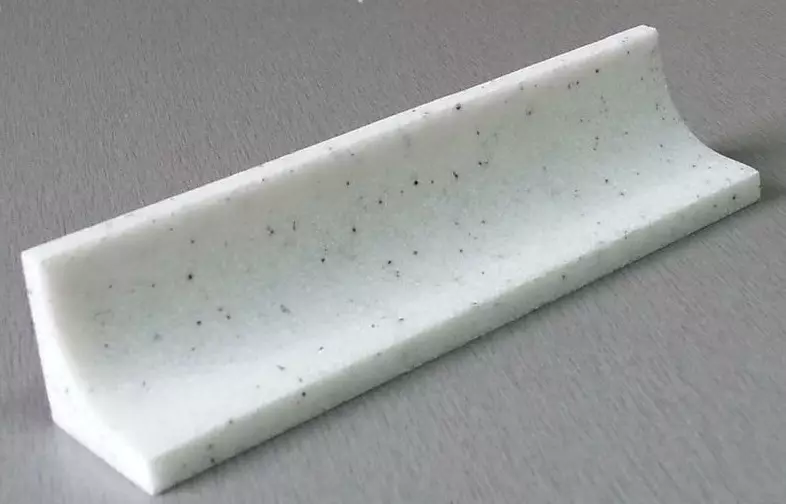

Dimensions
In addition to the diversity of species, storefronts of plumbing stores die by extensive size variations. The width of the plinth is of great importance, because to some extent this type of finish will depend on the completion of the laundering of the bathroom.
Mostly plinths have a width of up to 30 mm. This size is quite enough to make the sealing of small, medium and large gaps. There are also non-standard wide decorative borders with a width of 50 or 60 mm.
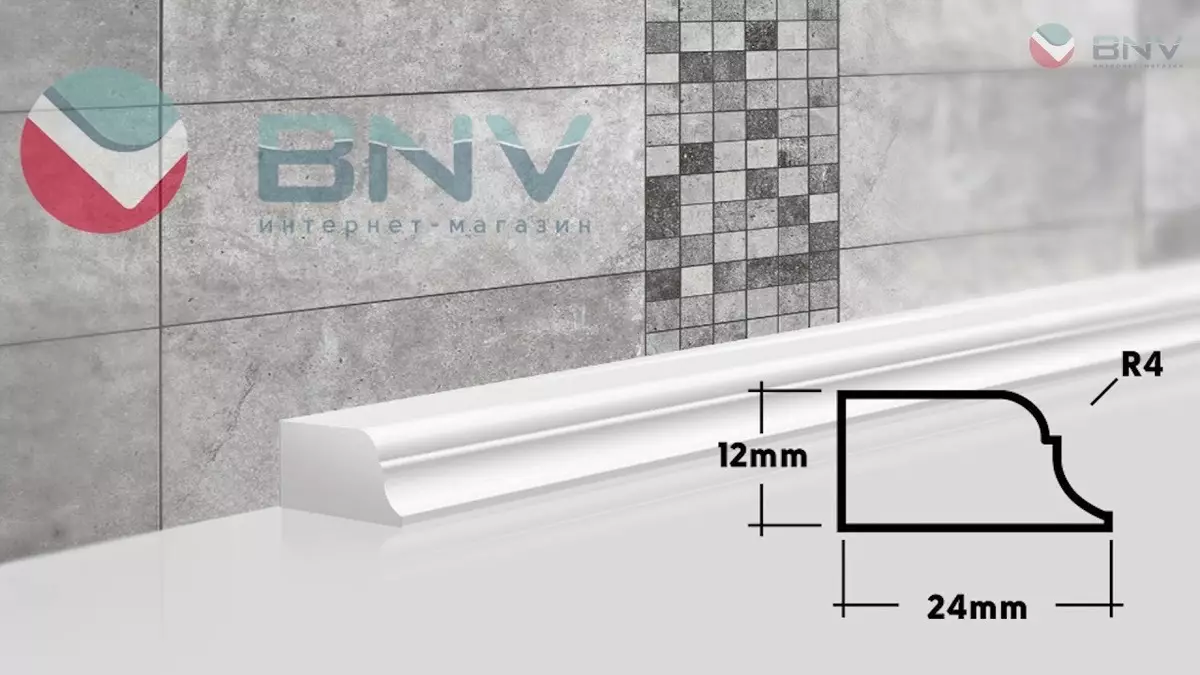

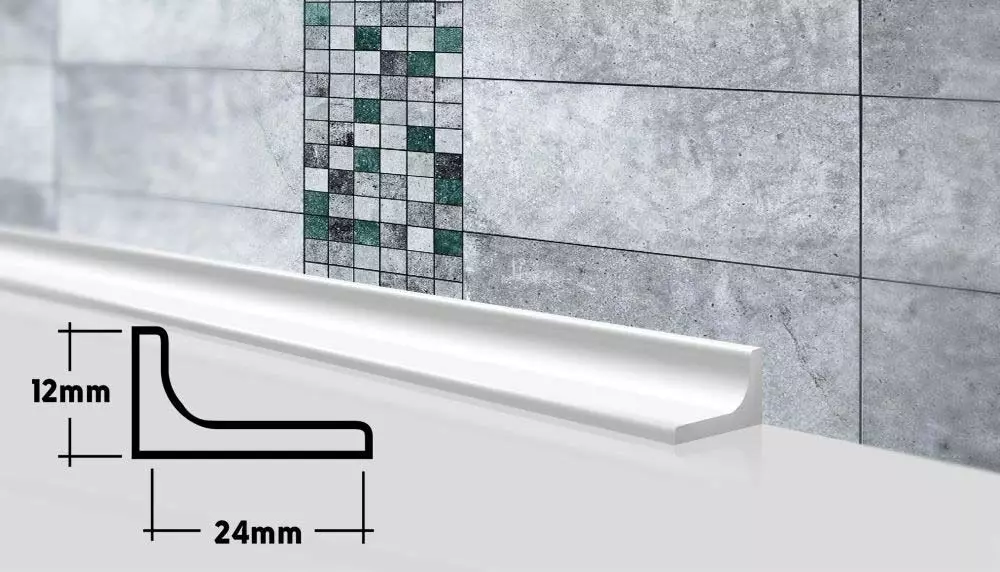
Tips for choosing
In order to properly choose the plinth for edging plumbing equipment, It is important to take into account several factors.
- Material that is lined with walls. If the bathroom is separated by PVC panels, it is advisable to select corners for sealing from the same polymer.
- Bath manufacturing material or shower. For example, for products from acrylic, it is recommended to select acrylic cartel.
- The width of the gap between the bathroom and the wall. If the gap is large, it is recommended to give preference to full-scale corner-shaped borders.
- Colors. The color of the plinth should turn into a colors or bath. Falls must be perfectly fit into the interior and supplement it, without knocking out of the overall style. Mostly manufacturers produce white borders, it is less likely to sell products in light pink, gentle blue or pale green design. There are decorative plinths with curly cutting edge or applied embossed.
The purchased border for the bathroom must have absolute tightness. It should not absorb moisture and create an environment favorable for the development of mold microorganisms.
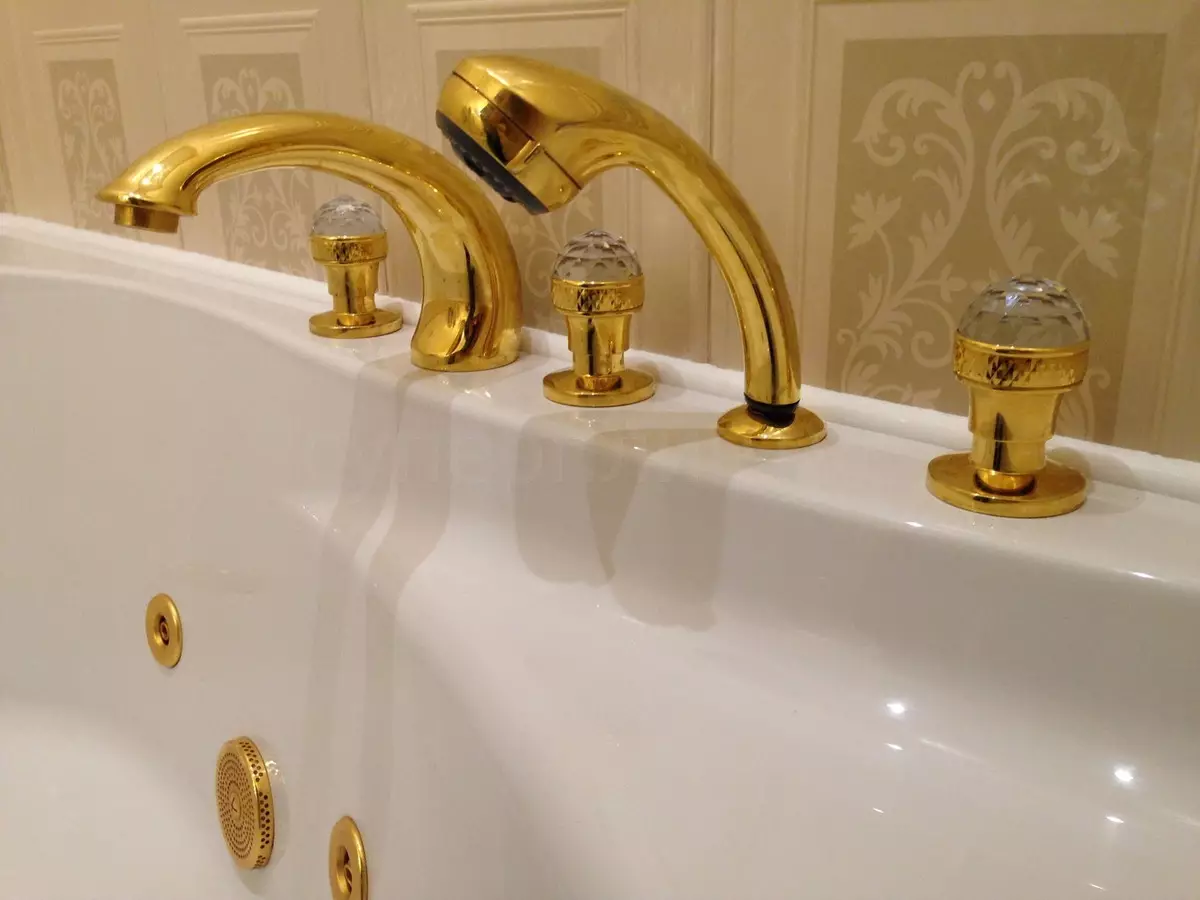

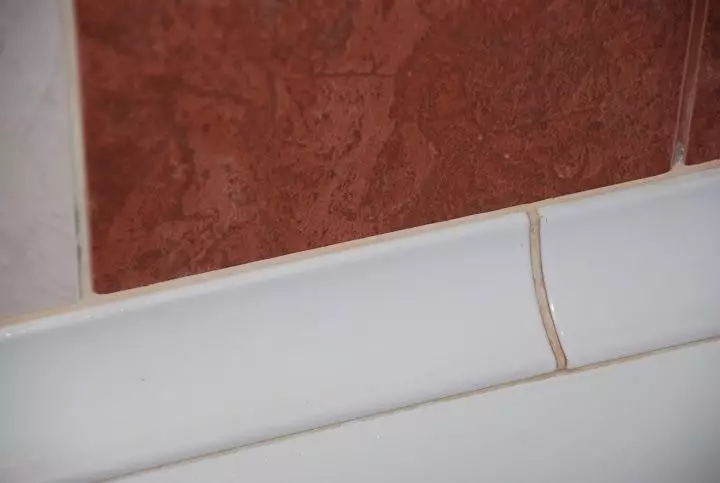
FEATURES OF MONTAGE
A homemade master will be able to install a curb to install a curb. So that the edging is a hermetic and aesthetic, you should know the procedure. Consider how to mount the corner on the example of PVC-cartoons and self-adhesive tape.Plastic borders
Installation of plinths includes several stages.
- Dismantling of old sealing. The border deployed or mold covered with mold neatly separated from the wall and bath with a spatula. After that, cleaning surfaces from dust and dirt is performed.
- Preparation of the basis . In order to remove remnants of surface contamination, the surface is wiping with a cloth moistened in a chlorine water solution. Using White Spirit is allowed - in this case, the base will be degreased. After that, the walls give time for complete drying. To speed up the process, you can use the hairdryer.
- Measures - The length and width of the plumbing product is measured using a roulette. After the markup is applied on the curb.
- After measuring the plinth, the desired length is cut off (It is important to cut the edges at an angle of 45 degrees to obtain beautiful inner angles). Next is the preliminary example.
- Fixing of painting scotch. The border should be placed along the entire length of 0.2 cm in the upper and lower boundary. After the corner is cleaned, and the malarious tape remains.
- Application of adhesive composition . Sealant or foam is processed by cartial installation. It is necessary to work carefully, so as not to go beyond the larger scotch.
- Fixation. The plinth is applied to the applied adhesive composition and slightly pressed. Speaking excess glue should be removed with a rag.
- Sealing. At the last stage, the edge of the border is rejected and treated with a sealant.
Adhesive and sealing formulations should be applied with a smooth and thin layer over the entire surface of the curb. Point applies are unacceptable.
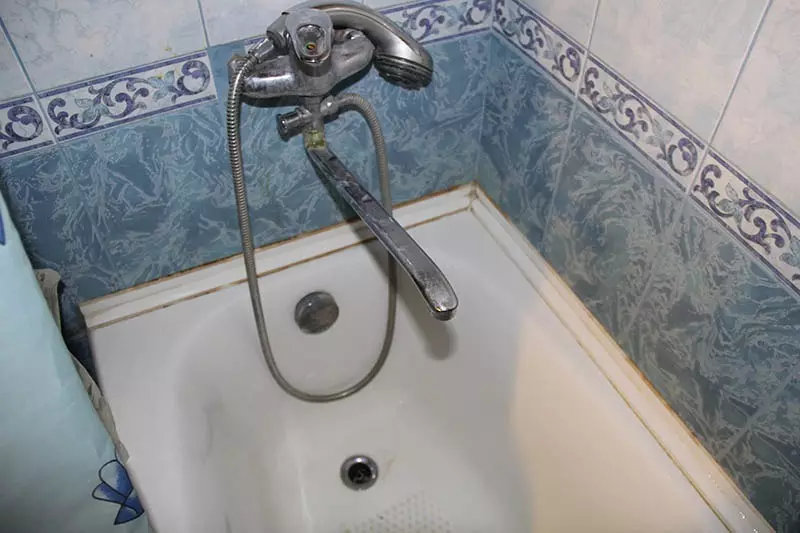
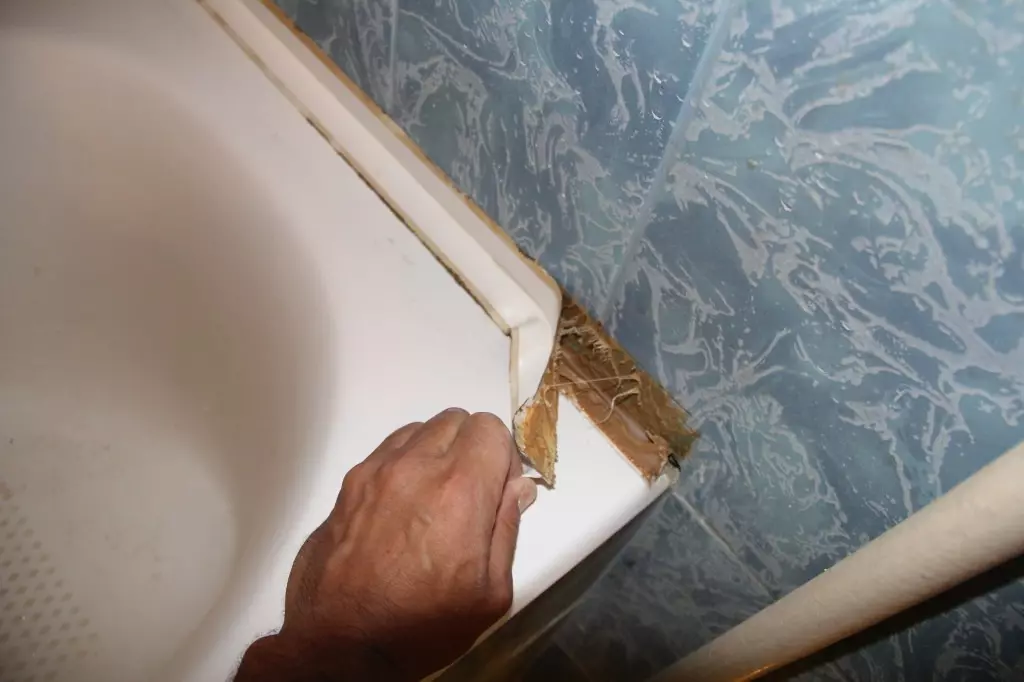
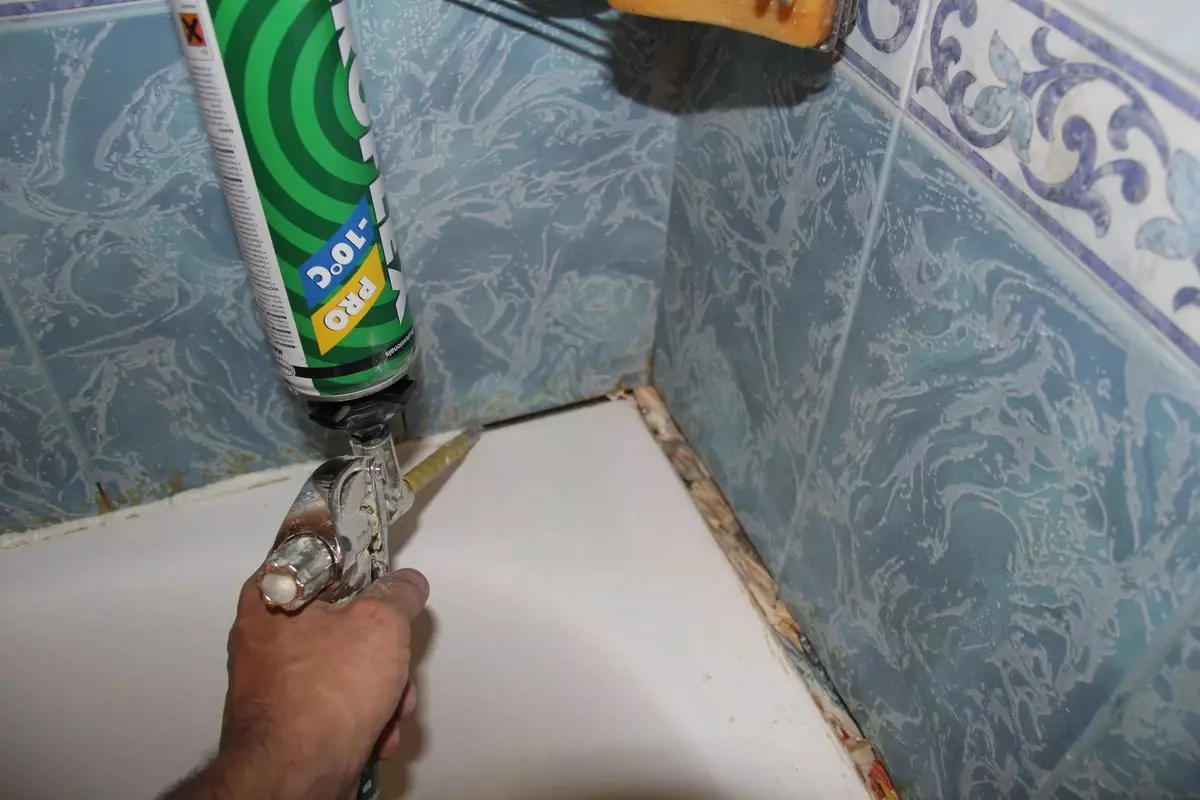

Self-adhesive ribbon
To mount the sealing tape, it is necessary to carefully prepare the base - remove the old plinth, clean the surface from dirt and give it to dry. Before gluing the ribbon on it put markup - The length of its segments should be 2-3 cm more than the measured side of the bath. After cutting, the material is bent along the entire length and heated with a household hair dryer. The thermal impact gives the tape greater elasticity, thereby decreasing the risks of its premature disheavage from surfaces.
Start glue plinth is necessary from one of the corners. The protective film should not be removed all right away - it is filmed gradually, 10-20 cm. During installation, the material is trying tightly pressing, using the applicator. The joints of the keys in the corners are additionally treated with sanitary sealant. Plumbing is not recommended to use adhesion to completely dry. If it is found that the tape spacked the places - you should not panic. In this case, the material is neatly lined, using "liquid nails" or sealant.
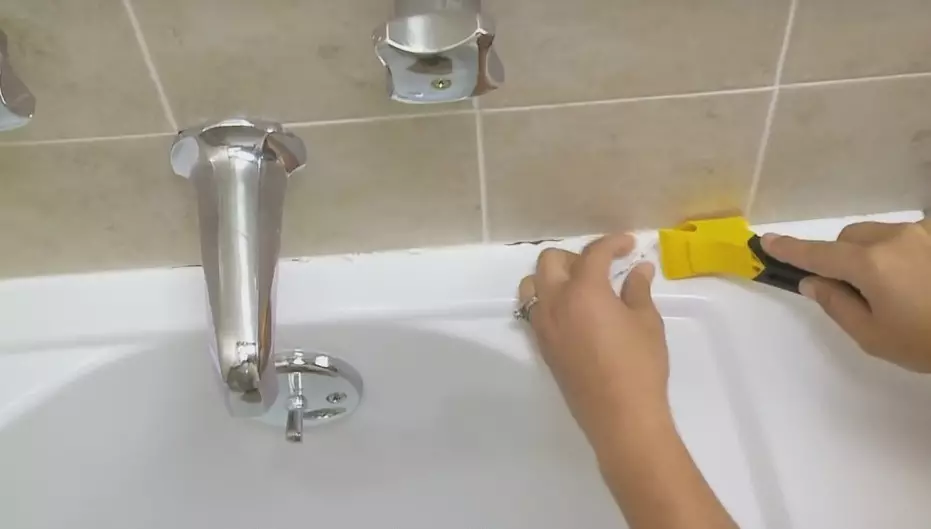
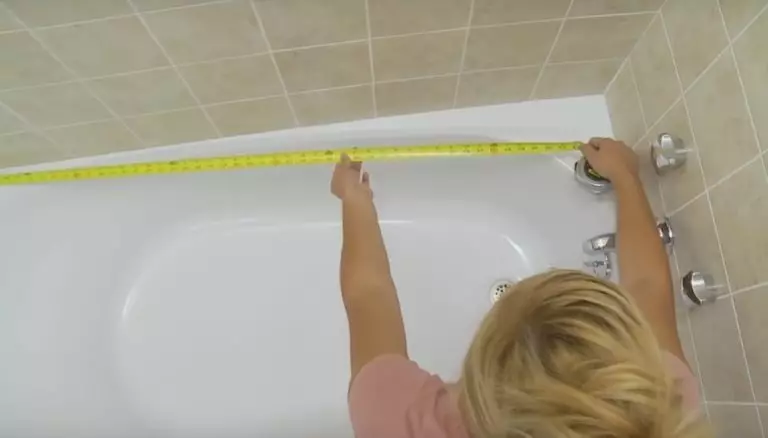
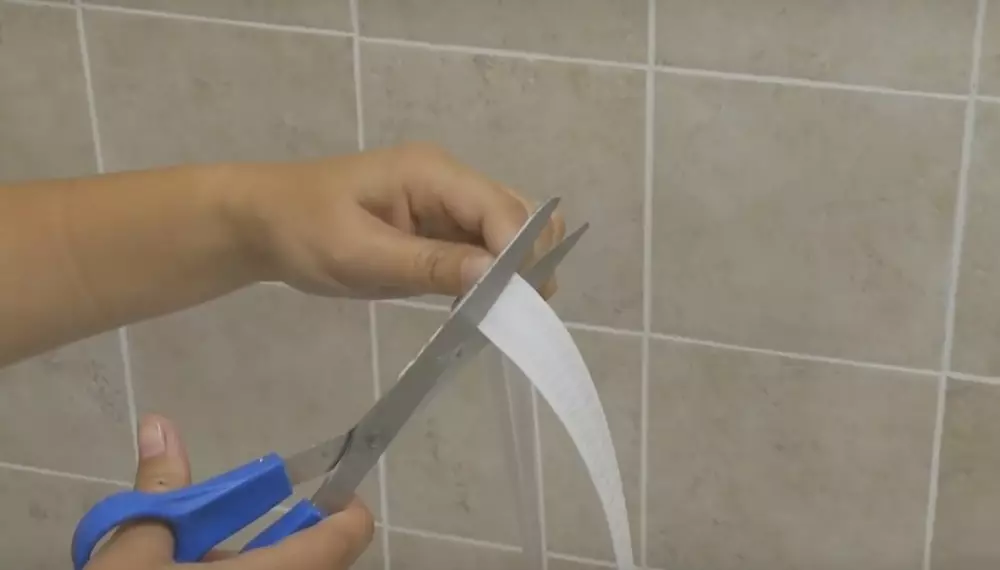

Further watch the video on how to properly install a border on the bath.
